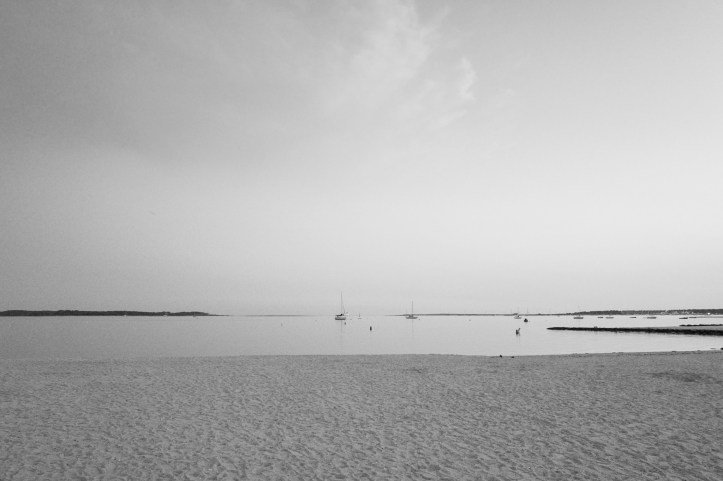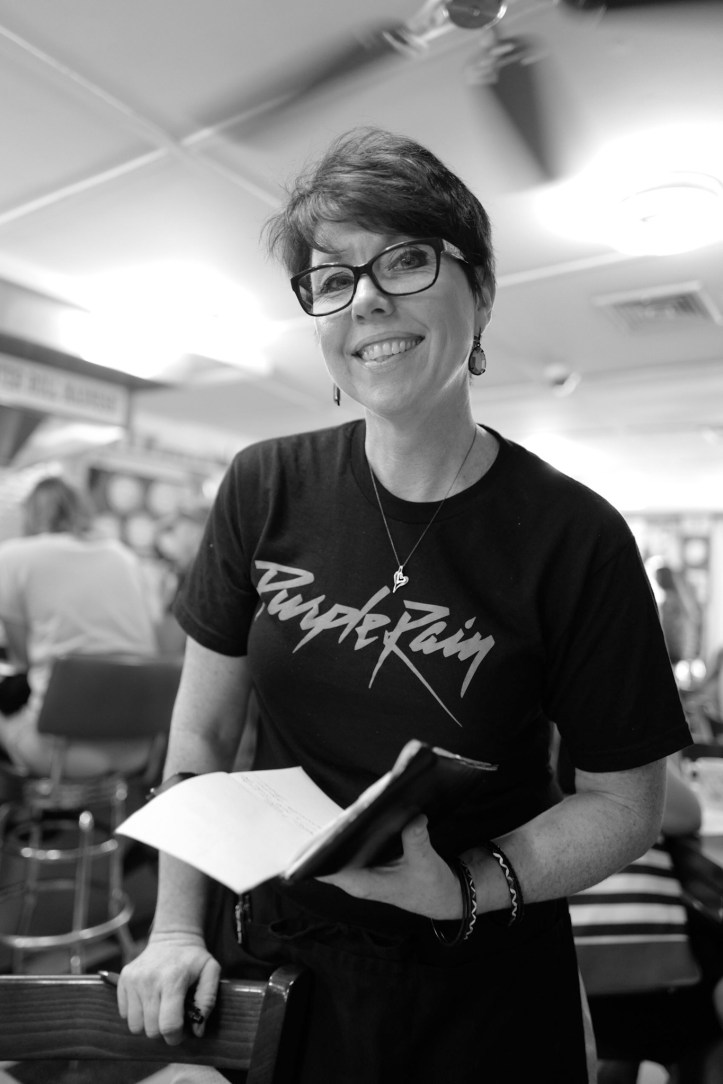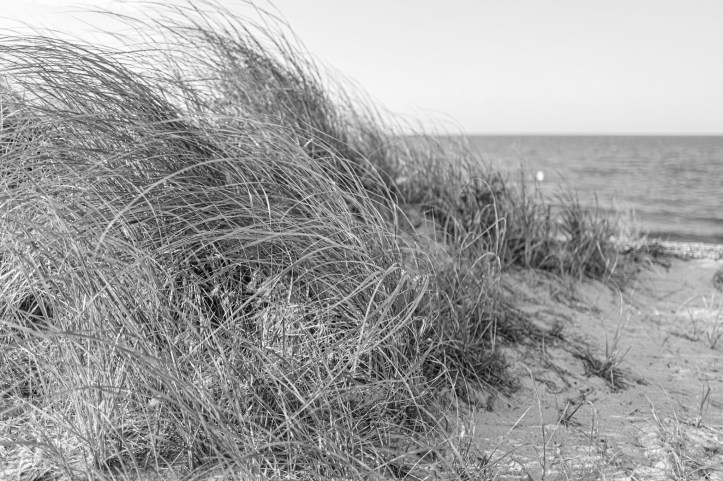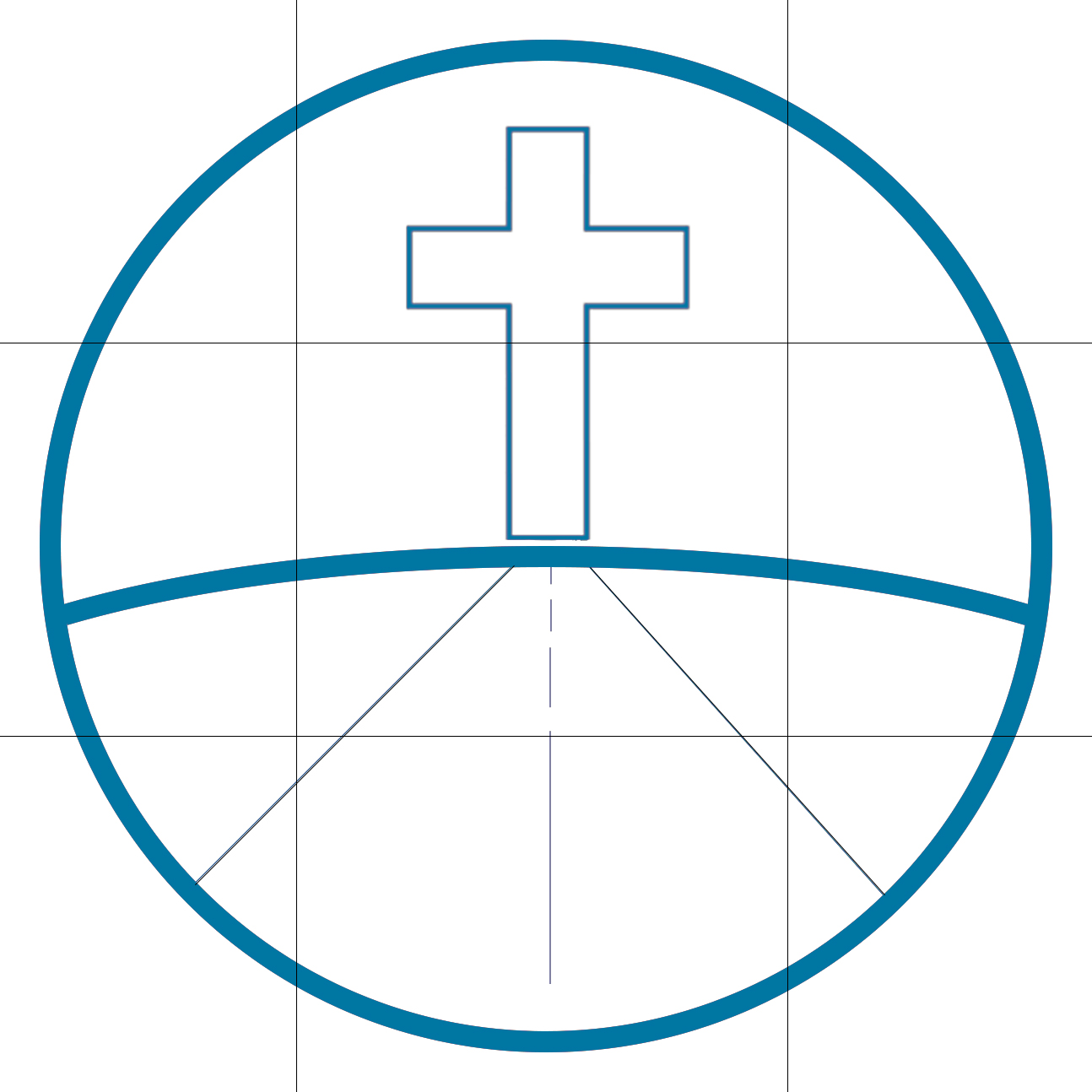
Leica calls out to me.
I blame it on my thumb. The whole darn thing… on the thumb.
I never considered myself to be a premium shopper, a luxury oriented buyer. In fact, at one time, I probably would have proudly declared myself a bargain hunter, described myself as someone who could glean maximum type value out of a minimum type purchase. Whenever someone said the words: “you get what you pay for”, I more often than not thought to myself: “sucker!”.
But that all changed on a sunny Spring day some nearly 30 years ago on a basketball court. It’s a long story… but the end result was one side in a full arm cast and then several subsequent surgeries to put the skeletal puzzle pieces back together again and the other side in a plastic device designed to hold my dislocated thumb in place. Fortunately, my writing hand was the one in the plastic device.

Some time later, I mentioned to my hand surgeon the fact that simply using a pen with my writing hand resulted in great pain. He suggested a fountain pen because the writing angle is different and you don’t have to bear down on the pen to force a small metal ball to rotate through thick, pasty ink. Rather, with a fountain pen, you simply let the pen rest upon your hand and the liquid ink just flows. All this, said the doctor, is much easier on a recovering thumb.
I tried it. It worked.
But here’s the relevant part of the story. A coworker, spotting me using a cheapo version, told me that I’d get so used to using a fountain pen that going back to a pasty ink ballpoint was never going to happen… even after my thumb was fully healed. She was right on that point. She also said that I’d gravitate upward to better pens, discovering the advantages of a premium, yes premium, product. My bargain basement self scoffed at the suggestion. But again, she was right on that point too.

I gravitated first to Watermans and Parkers and then on to Montegrappas and Pelikans. Ah, the Pelikans. Handcrafted by a German company founded in 1838, these things were beauties. Piston filled (no cartridge, heaven forbid), fine gold-nibbed and just oozing quality. Nobody steps up directly from the cheapo to a Pelikan. You work your way up to it, gradually.

I learned three things about the premium fountain pen. First, it’s a better experience overall and you learn to appreciate the quality. It’s not immediately obvious and to anyone who simply picks one up and tries it, you’re likely to hear back: “you paid how much for this thing?” It’s not that they’re wrong… it’s just that they didn’t work their way toward the conclusion the way that you did and also, it takes time to develop that appreciation for the quality of the thing. Second, these puppies are made to last. You use it every day and you push it, prod it, get the most from it. It can take it. And it can take it for many, many years. Wear marks are not to be fretted… they are badges of honor. You might even give this thing to a grandkid someday. And third, you treat it differently. You care about it, you even treasure it. And you certainly don’t lose it the way you do with lesser pens. This forces you to have a completely different relationship with it. You value it differently from the get go.
Yeah, I blame it on my thumb.

I recognize that the fountain pen example could be deployed to other items: wrist watches, automobiles… and cameras. Yup, cameras. And since we’re talking German made… let’s go all in. Let’s go to Leica.
Leicas have a storied history; some of the greatest photojournalists and artists of all time considered them to be essential tools, extensions of themselves. Yes, I’m talking about Henri Cartier-Bresson. Today, in the digital age, Leica still manufactures the venerable M series of rangefinders along with APC-C sized cameras, compacts in conjunction with partner Panasonic, and a full frame mirrorless system. They are all fantastically expensive. Like really fantastically. Like roll your eyes to the back of your head fantastically.

But then there is the fixed lens compact Leica Q, introduced a few years ago and updated recently with the still impossible to find and always sold out Q2. Because of my experience and fascination with the beautiful Fujifilm X100 series of fixed lens compacts, I have looked over at the Q with some interest, some fascination. Man, that’s a lot of coin for a beefed up full frame point and shoot camera, though.
But then I tried one in a store. I held it in my hands, took some shots and studied them on my computer later. I read the reviews. I watched the videos. I saw the results. I got sucked in. And I thought about the Pelikan. The darn Pelikan. So, I gave a Q a test drive for seven days. Images are sprinkled throughout this post. Impressions are below. Ultimately, my question can be simply stated: Is the Leica Q worth all that? Simple to state. A little harder to answer.

First, build quality and usage. It’s solid. Lightweight… but gives the sense of reasonable heft. Steady. Sure. That’s what it feels like. I had, to be honest, expected a bit more though. I had expected it to feel like I was holding a cold, hard metallic brick-like instrument. That’s what it is but the outer coating/covering dampens this sense somewhat. Frankly, the Fujifilm X-Pro 2 (less than a third of the price) feels just about as good. That’s no slight on the Leica; it’s high praise for the Fujifilm.
As far as interface, the buttons and dials are solid and well positioned. There is a simplicity-is-king philosophy with Leica. You master exposure and focus and leave the rest to menus or somebody else. The idea is that you spend less time fiddling and more time thinking about balance, composition, the flow of light, etc. I wondered whether this is just marketing gimmickry or whether this actually helps the photographer in some way. Though it has just been one week, I would say it helps. I increasingly became less aware of my gear and started thinking exclusively about what lied within my frame. To replicate this dynamic on other cameras, I would have to either ignore some of what’s physically laid out on the body… or turn them off, give them no functionality. This is possible with some manufacturers’ kits.

As for image quality, I like what I see. I like it a lot. Much is made of the Leica mystique in terms of rendering. Writers and speakers struggle to describe it, saying things like magical or “sharp but soft”. I kind of get that. At wide open apertures, the esteemed Leica lens gives very nice fall off and in focus areas are sharp indeed.

I had no issues whatsoever with a fixed focal length of 28mm. It was sufficiently wide though to be fair, I wasn’t photographing in the Zion Narrows or on the sand dunes in Death Valley. In those cases, I would miss wider. The Q allows for on the fly cropping and I actually found that to be useful. I know, I know… you lose megapixels and you don’t gain the benefits of longer focal lengths in terms of the compression. I’d miss this with portraits though the above shot doesn’t look bad. My tendency is environmental portraits anyways and for that 28 is fine.


The shutter is buttery smooth and beautifully quiet. Leagues better than the Fujifilm bodies, though the leaf shutter in the X100 series comes close. Kind of. Note that the Leica has a lens-based leaf shutter as well.
So… will I listen to the siren song of Leica? Or stay put with my Fujifilm kit? Note that the Q is on close-out and sells close to $4,000. The matte finished (and other relatively minor changes) Q-P is the same price and will stay in the line-up for a little longer. The Q2 is $5,000 and always sold out. Used models, of course, can be had for less moving the price range closer to sane.
It has only been a week and some would say that’s not long enough. But this one has to go back and so it is what it is. I have to make the call right now.
I know what you’re thinking: why not keep both? There are the obvious financial reasons to not shoot both but in my experience, having multiple kits creates an unhelpful redundancy factor… a confusion as I walk out the door to shoot. Do I take Kit A or Kit B? Do I take both? Ugh. Also, the lure of the Leica involves simplicity and minimalism. I’m drawn to the notion of paring back, of making due, of constraint. I’m picking one over the other.
In the end, it comes down to lenses and I have been intrigued with the possibility of getting into Leica glass. Many of the Fujifilm lenses I have used have been good. Really good. But a few have been great. At the very top of that list is the venerable and near ancient (in digital years) 35/1.4. It’s the one lens I can never get rid of (ask Joey about it) and when I look at those images… I see the magic, the “sharp but soft” effect. I see it. I can’t unsee it. If I go Leica, farewell to that one lens. And you know… I’d miss it. And I’d miss the Fujifilm film simulations which are excellent. And the thumb knob for quickly adjusting focus points. And the tilt screen on my XT3. And the weather sealing. And the ability to swap lenses with Joey (who is going nowhere being the Fujifilm fanboy that he is). And… the image quality. Oh, and the moola it would cost me to move over to Leica.
Yeah, I’m folding my hand, cards down on the table. Sticking with Fujifilm! For sure.

… but I continue to hear the Leica calling…
The feel of it in your hands.
The sound of the shutter.
The simplicity.
The constraint.
The images.
I think I’d really enjoy the experience. The sound of wear marks as a badge curiously makes sense to me. And I’d love to give this to one of my grandkids some day.
Yeah, I’m getting one.


This reminds me of when my husband left the house to buy a quality, used piano and came home with a brand-new baby grand Steinway as expensive as two of our Dodge Durangos. I don’t play the piano, but people who do say that this was a wise investment.
LikeLike
You know… it’s exactly like that.
LikeLike
Well Rey, I wish I knew more about cameras themselves. But I do know photos and these photos are exquisite! Not sure if you sell your photos, but I imagine you could and the Leica could pay for itself in a year or quicker? Just a thought. Thanks for the review and info, although I doubt I will ever own such a camera… unless I win the WSOP next summer :0). Rodney
LikeLike
Thanks, Rodney! I certainly don’t sell images… but if I could. And I don’t know exactly what WSOP is but I hope you win it!
LikeLike
Ok, so why can’t you?? And ha, I always assume people know what WSOP is.. World Series of Poker.
LikeLike
Got it. World Series of Poker. I think I’d have more of a chance winning WSOP than selling photos… and I don’t play poker. Appreciate your compliment though…
LikeLike
One focal length, and 28 mm at that? A couple of the portraits look a bit unflattering because of that. Maybe be satisfied with interchangeable nib fountain pens.
LikeLike
Such a thing (interchangeable nib fountain pens) exists. Interesting…
LikeLike
They exist. And they’re another rabbit-hole.
Thanks for the article. I also have a Fuji X100s and now a Q – the Fuji is lovely, but doesn’t connect with me in the same way as the Q.
LikeLike
Thank you for putting yourself out there brother. You have a gift with words and images.
LikeLike
Thank you!
LikeLike
Thanks for sharing your nicely expressed thought process, Rey.
I have no Leica experience so cannot comment on that.
I can tell you that I have two Fuji X Pro 2 cameras….When I had just one body I was reluctant to take the 35 1.4 off in order to use one of the other excellent lenses. When I did so I would fret the 35 was not in play.
Love that 35 so much I bought him (yes, he’s a “him”) his own body so he is always immediately available. 🙂
LikeLike
[…] over originally, I wrote about the original Q here and my thought process at the time – see here […]
LikeLike